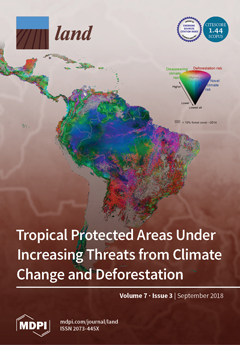Resource information
Pedestrian zones are public spaces intended for the continued and safe mobility of pedestrians and people with disabilities, and they provide multiple benefits to urban areas. They counterbalance the densely built-up areas, decrease atmospheric pollution, increase available green or social space, increase walking and cycling rates, and facilitate active play for children. Done properly, pedestrianization may also increase local business sales. Greece boasts open public spaces and the pedestrianization of common roads. The economic crisis that Greece has been experiencing since 2008 has led people to give up their vehicles and use the pedestrian streets more frequently. The purpose of this paper was to investigate residents’ perceptions and satisfaction rates concerning the pedestrian streets of Kalamaria, Greece, and evaluate their importance for residents’ well-being. Following a random sampling method, 400 residents were interviewed. A two-step cluster analysis was conducted. The survey showed that the urban residents visited pedestrian zones in Kalamaria at least once a week, and the visits lasted 46–60 min. The improvement of urban landscape aesthetics and people’s health and well-being were evaluated as important functions of pedestrian zones. The results also indicate that residents were not satisfied with their quality of life and the existing green infrastructures of the pedestrian streets, even though they have a positive disposition toward the construction or transformation of pedestrian streets. The residents expressed their unwillingness to pay more public taxes for the construction and maintenance of pedestrian and cycling streets. The safety and convenience of the mobility of residents were the most important advantages of the pedestrian streets. Meanwhile, overspill parking and difficulties with finding parking spaces were the main disadvantages for the residents. Local authorities can use the results of the present survey to manage the city’s green infrastructure and use this information in the urban planning framework.


